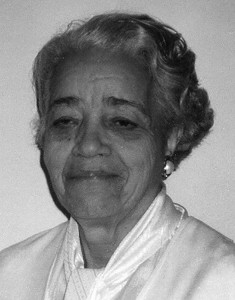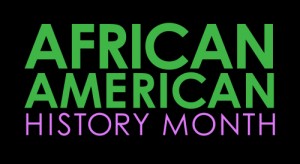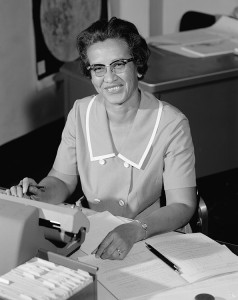African American History: Dorothy Vaughan
Wednesday, February 26th, 2020February 26, 2020
In the waning days of February, Black History Month in the United States, today World Book looks back at the career of the African American mathematician and computer programmer Dorothy Vaughan. Vaughan was the first African American to hold a managerial position for the National Advisory Committee for Aeronautics (NACA), the agency that preceded the National Aeronautics and Space Administration (NASA). Vaughan’s work at NACA and NASA helped break down gender and racial barriers in the sciences. In 2016, her story was among those told in the Hollywood feature film Hidden Figures.

Dorothy Vaughan helped pave the way for women and African Americans to excel in mathematics and science careers. Credit:NASA
Vaughan was born Dorothy Johnson on Sept. 20, 1910, in Kansas City, Missouri. In 1929, she earned a bachelor’s degree in mathematics from Wilberforce University in Ohio. In 1931, Johnson was hired as a mathematics teacher at Robert Russa Moton High School in Farmville, Virginia. There, she met Howard Vaughan, a hotel bellhop. Johnson and Vaughan were married in 1932.
On Dec. 7, 1941, Japan attacked the American military base at Pearl Harbor, bringing the United States into World War II (1939-1945). Millions of American men left the workforce to fight in the war, and many jobs were left vacant. In an effort to fill these vacancies, NACA’s Langley Memorial Aeronautical Laboratory began hiring women for positions that had previously been available only to men. Vaughan was hired in 1943. She was assigned to a racially segregated, all-black unit of women mathematicians called West Area Computing. In 1949, Vaughan was promoted to section head, making her NACA’s first black supervisor, and one of the agency’s few female supervisors. Under Vaughan’s supervision, the West Area Computing unit mathematically analyzed the aerodynamic properties of aircraft.

February is African American History Month in the United States. Credit: © African American History Month
When NACA transitioned to NASA in 1958, segregated facilities were outlawed. This marked the end of West Area Computing, and Vaughan was transferred to the new Analysis and Computation Division. There, she became an expert in FORTRAN (Formula Translation), an early high-level computer language. A high-level language is a computer programming language that allows the user to write programs that are independent of the computer’s hardware. As a FORTRAN programmer, Vaughan had an important role in the development of space vehicles. She also contributed to the Scout Launch Vehicle Program, which launched over 100 satellites and probes into outer space.
Vaughan retired from NASA in 1971. Her work at NACA and NASA helped pave the way for women and African Americans to excel in mathematics and science careers. She died on Nov. 10, 2008. The American author Margot Lee Shetterly’s book Hidden Figures: The American Dream and the Untold Story of the Black Women Mathematicians Who Helped Win the Space Race (2016) chronicles Vaughan’s life and career, along with those of other members of the West Area Computing unit. The American actress Octavia Spencer depicted Vaughan in the film based on the book.

The former NASA mathematician Katherine Goble Johnson died at age 101 on Feb. 24, 2020. Credit: NASA/LRC
Another prominent African American mathematician of West Area Computing, Katherine Goble Johnson, died at age 101 on Monday, Feb. 24, 2020. Read her Behind the Headlines feature from last year’s Women’s History Month here.


